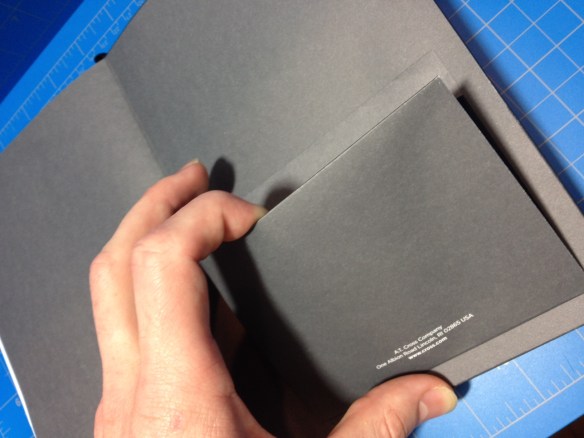Copic Markers are a professional artist’s staple and set quite a high bar in terms of how a marker performs. I personally don’t have the skill to utilize them effectively, but I have seen the wondrous products of many who swear by them. Getting to that level takes practice, and while one can learn with other markers, it’s never too soon to get attuned to the markers you intend to be using for a long time. That’s where the high price-point of Copic markers really starts to become a problem. To build up a library of the markers would cost hundreds of dollars, and when starting out one doesn’t know what tints and shades they need or prefer (the markers are refillable, thankfully, but that doesn’t change the upfront cost, just the upkeep). There is a budget option, the Copic Ciao, which at $4 are a dollar and change less expensive than their bigger brothers, but that price is still up there. Are they worth it?

The markers are roughly cylindrical with a ⅜” diameter. There is the smallest of bulges in the center for the purposes (I assume) of aiding grip and disincentivising rolling. On either end there is an inch-and-a-quarter long color-coded cap with a quarter-inch step down on the end that allows either cap to be posted on the other. Near the base of each of these caps there is a small nub that makes it easier to remove and also helps prevent the marker from rolling. Each tip has a butte-esque taper leading from the body to the felt “brush”. The chisel tip is molded in the same plastic as the body, while the brush tip (the one you’ll most often be using) is a darker plastic that extends to an easily visible band underneath the cap. Which ends are which, what color the ink is (both descriptive and in code), and every other needed piece of information is nicely printed on the sides, and it appears underneath a shiny finish to prevent wearing with use (after all, these markers can be refilled).


I’m not an expert when it comes to actually using these (or any) markers, but a quick search online of what people are able to create speaks for itself. What I can say is that the tips are well-made and hard-wearing (and they’re also replaceable, decreasing future expense). The chisel is sturdy and unyielding while the brush easily bends to create lines ranging from 1/32 to ¼ inch. The ink is alcohol-based and goes right through absorbent papers, feathering and drying quite quickly. It’ll still bleed through fairly heavy and high quality papers, but it doesn’t dry as quickly, allowing it to be blended more easily either with other colors or the colorless blender (which, as far as I can tell, just contains alcohol). Once down, the ink is essentially impervious to water and alcohol-based attacks, but they are sensitive to sunlight (as per their website) and, being solvent-based, aren’t the most “archival quality” things in the world.

In my opinion, even forgoing the financial difference, the size and shape of these smaller Ciao markers is just more comfortable and easier to use. And they allow an artist to build up a collection of various colors in a much more consolidated space if they are willing to lose the color labels on the end. But they’re still expensive, and getting them won’t make you a better artist or a blending magician (as I can attest to). If you’re unsure if you want them or can utilize them I’d recommend starting out with only a few (greys would work best in this scenario) and getting more as you need them or improve your skills (the sets are quite expensive, especially if you end up not using them). But the bodies will last forever and the refills/replacement(s) (felt tips) are fairly easily available and extend the life of the marker significantly. This is a fine (and for some superior) version of a marker that is trusted by professional illustrators around the world.









